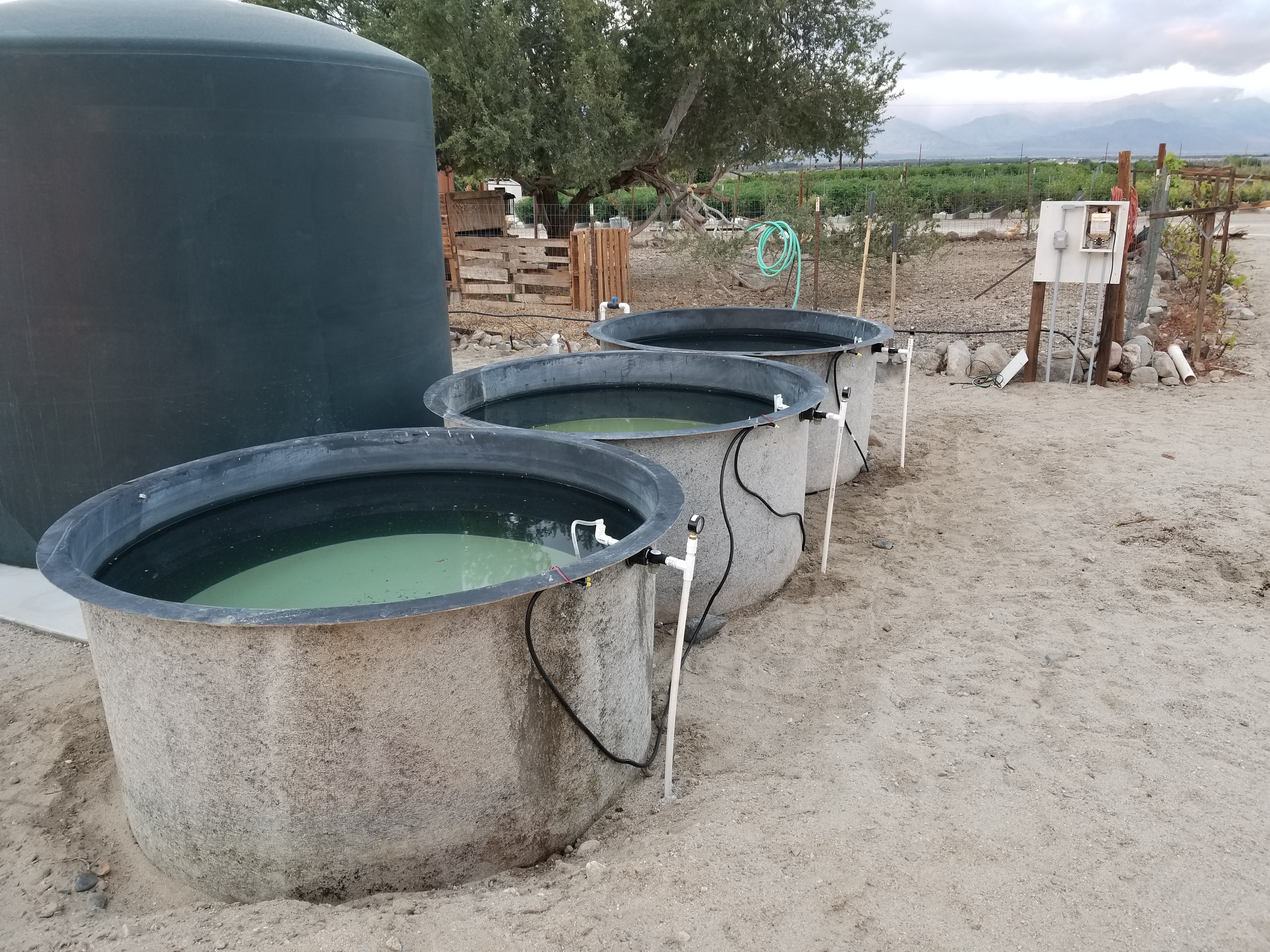California here we come !
A independent field experiment gets underway in the USA using water of 3,200 ppm & 2,000 ppm salts- using both untreated water and treated using Hydrosmart’s Enhanced Output water conditioning units. Being used to drip irrigate mango seedlings in sandy soils, it will run for some time to observe tree health and fruit outcomes.
If other trials are anything to go by there are some real benefits to be recorded -a Beefsteak Tomato trial showed 17 % increase in yield and 5% more flavour in triplicate scientific experiments run in NZ.
General information on Mangoes
Mangoes are not cold-hardy and will need protection during a freeze. Temperatures of 40°F will damage mango blossoms. Mature trees may tolerate 25°F for a few hours with leaf and small branch damage, but young trees may be killed at 29-30°F. Ideally, mango should be planted to the south and west of your home, generally the warmest spots in your yard. Mangoes are self-pollinating and bear in one to four years, depending upon the size of the mango tree at purchase. Perhaps the most important factors that should be considered when choosing a mango are the presence or absence of fiber, variations in taste among the varieties, size of tree and fruit, time of harvest and resistance to insects and fungal diseases.
Planting
Mangos are tolerant of most soil conditions, but do best in improved soil with good drainage. The object in preparing the soil is to make it porous, yet still have water holding capabilities.
Watering
When temperatures are in the 80s, water your tree daily the first two weeks by filling the water reservoir (or use two gallons of water per inch of trunk diameter). In cooler weather, water every other day. Weeks 3 and 4, water every other day (twice a week in cooler weather). Continue in two week stages until you’re applying water only once per week. During periods of drought, you should supply even mature trees with an inch of water weekly. Mango trees should not be watered with water from wells containing 2,300 ppm or more of salt. Hydrosmart will help with the release of minerals in the water to help counteract salinity issues with high TDS water, thus helping with plant growth.
Pests & Disease
The best advice for insect and disease control is to prevent problems by following good cultural practices as outlined above. Drought stressed, badly planted, and improperly fertilised plants are more susceptible to pest and disease problems than well-nourished plants. Anthracnose is the most common fungal disease seen in mangoes. The disease is evidenced by small dark round spots that occur on the leaves, usually at the start of the rainy season. Two to three weekly applications of Di-thane should stop the disease from further spread

Mango seedling planting area

Blending tanks labeled with covers on

Mango plot – Day 1

Blending tank arrangement without covers installed







